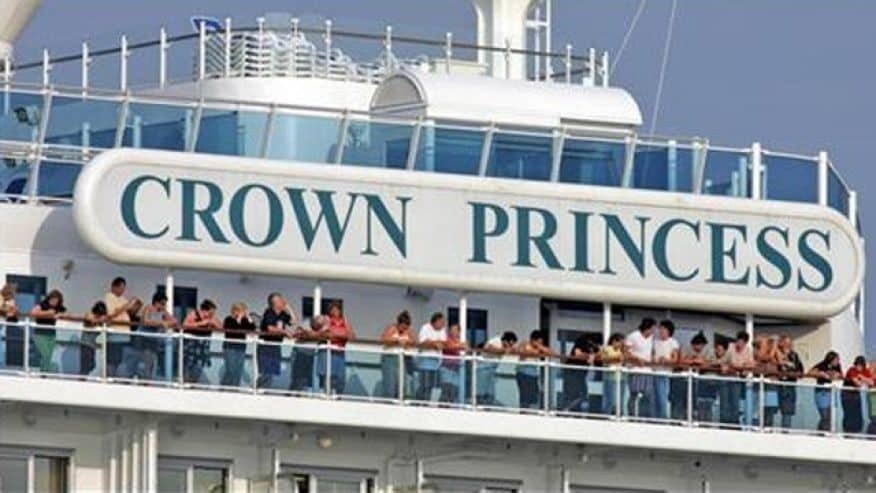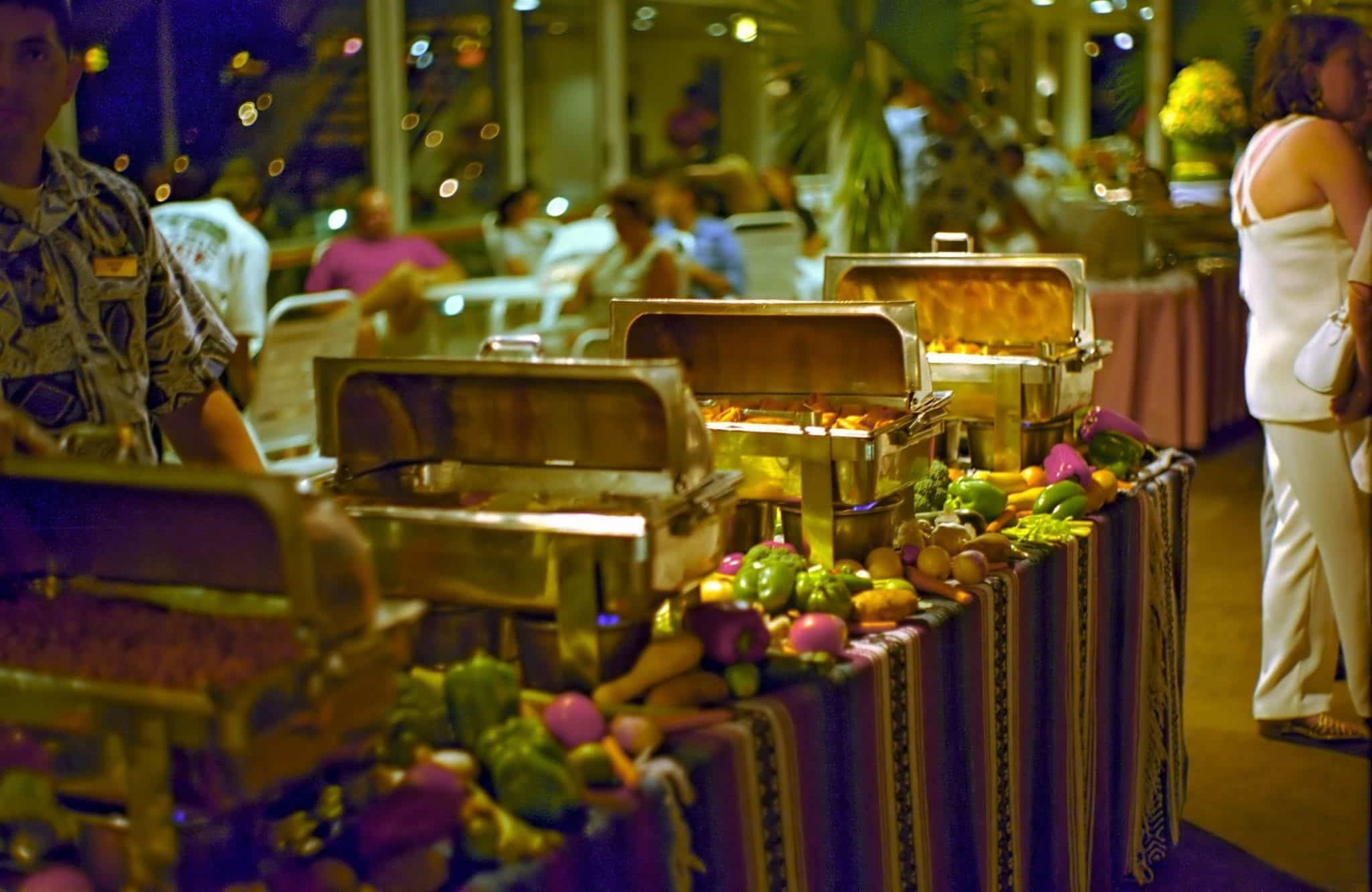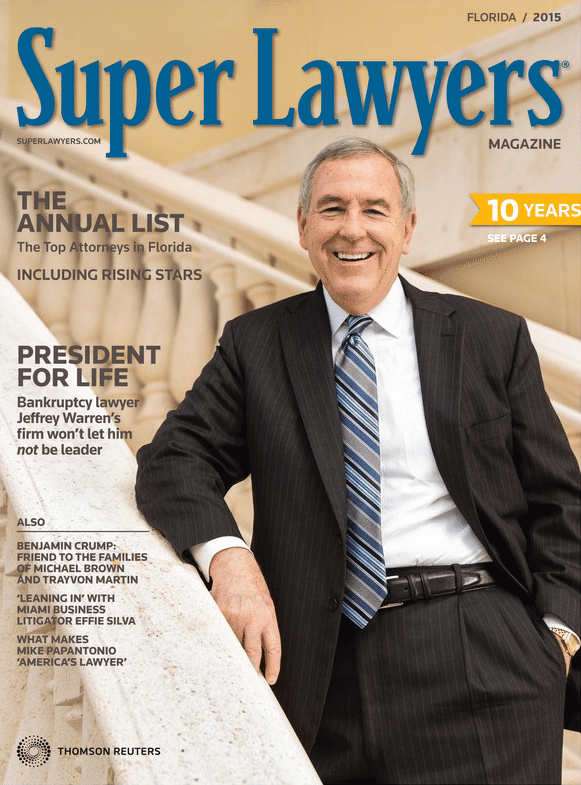Anyone who has been paying attention to this blog knows that there are many risks associated with going on a cruise – from typically minor issues, like getting sunburned, to far bigger ones, like missing the departure time when you’re at port and getting stranded in a foreign land.
But even though most passengers decide to take a cruise knowing full well there are things that could go wrong, it doesn’t mean there aren’t a number of issues cruise ships shouldn’t be able to better control. Case in point: the recent wave of norovirus outbreaks.
This is something that has been a huge issue across the entire industry, but the Carnival Crown Princess has been the poster child for norovirus over the past year. Back in April, more than 100 people ultimately came down with the virus on a Crown Princess cruise. And this past weekend, it happened again – the Crown Princess was forced to dock in California after 172 people became sick with norovirus.
That means that two norovirus outbreaks happened not just for the same cruise line, but on the exact same ship within six months of each other!
What Causes Norovirus Outbreaks to Occur?
Norovirus doesn’t just happen. There are a number of things that make it more likely to sweep through a group of people. Unfortunately, most of the ways that norovirus can be spread read like an informative description of a cruise ship:
Lots of people in a small area. Norovirus spreads most readily when there are a large number of people in a confined space. Cruise ships may not be completely confined – you can go out into the open air, after all – but they do put hundreds and often thousands of people together in a small area where they are all touching the same surfaces and eating in the same few designated areas.
It’s a problem that cruise ships share with other large-scale operations where people are housed, such as nursing homes, day care centers, and schools, but the problem is exacerbated on a ship because there is no way out.
Buffet-style eateries. One of the most common ways for norovirus to be transmitted from person to person is through food. How? When someone who has been infected touches food, it can become contaminated and transfer to the person who ultimately eats it.
Cooking food will kill the norovirus, but that doesn’t matter if you’re talking about raw food like fruits and vegetables, or if someone touches food after it has been cooked, as is often the case in buffet-style dining. You not only have to worry about infected servers coming into contact with the food and causing large-scale contamination, but also other passenger touching, sneezing, or coughing on it while going through the line.
Poor hygiene. Hand sanitizers and other cleaning agents can kill off traces of the norovirus and prevent it from spreading. But this only works if individuals who are suffering from norovirus clean themselves frequently and properly. All it takes is for one person to vomit and forget to wash their hands (or wash them in a lackluster manner), and everything they touch will then become infected until it is sanitized.
Should Carnival Be Doing More to Prevent Norovirus?
Short answer: yes.
When the same ship has people get sick with norovirus in a six-month period, the cruise line has to bear some of the responsibility – both for what has gone wrong and how future outbreaks can be prevented.
So what are some things that Carnival can change or improve to stop getting in the news for all the wrong reasons?
Institute better sanitation policies. People aboard the Crown Princess said that Carnival employees were wiping everything down after the outbreak occurred. This is a good start, but it makes you wonder how often they were sanitizing the ship before people started getting sick. Perhaps if they cleaned and sanitized on a more frequent schedule, the outbreak could have been controlled faster and affected fewer people.
Improve hand-washing. Employees are required to wash their hands, but that doesn’t mean that they are always doing so – or that they are doing it properly. Better training and education – especially in terms of job and health consequences – might improve employee hygiene and decrease the spread of the norovirus.
Educate passengers. While crew hygiene is important, passengers obviously have a lot to do with the transfer of the virus as well. Most cruise lines don’t want to scare people who are trying to have fun into thinking that they have to wear gloves and medical masks or else risk illness, but improved education could go a long way toward keeping sick people from engaging in activities that might infect others.
Avoid touching cooked food. Sick people should never be handling food, and supervisors need to pay better attention to signs and keep them away. But sometimes symptoms aren’t obvious at first, so other precautions need to be taken. A simple one would be to teach servers about not touching food with their hands and watching out for passengers who touch or otherwise get germs on food. By avoiding this practice and being quick to remove any food that might be contaminated, a lot of problems could be avoided.
The cruise line has a duty to keep you safe, and that includes engaging in policies and practices that reduce your chances of getting sick while you are traveling with them. If you do fall ill with norovirus while on a cruise, don’t just chalk it up to a bad time – contact one of our experienced cruise accident lawyers immediately Toll Free at 855-347-5475.
About the Author:
Andrew Winston is a partner at the personal injury law firm of The Law Office of Andrew Winston. He has been recognized for excellence in the representation of injured clients by admission to the Million Dollar Advocates Forum, is AV Rated by the Martindale-Hubbell Law Directory, and was recently voted by his peers as a Florida “SuperLawyer”—an honor reserved for the top 5% of lawyers in the state—and to Florida Trend’s “Legal Elite.”

















